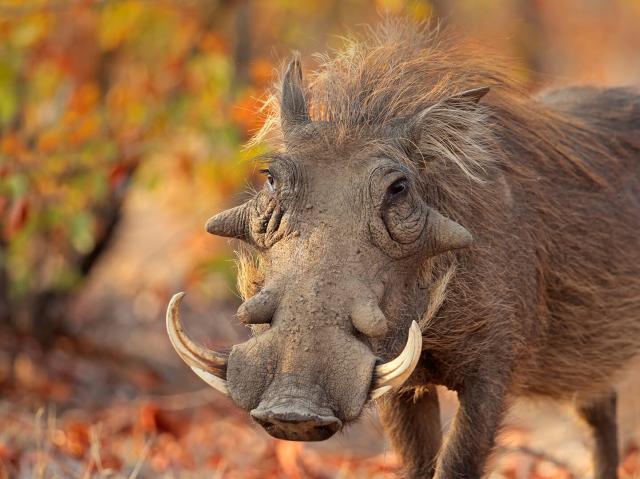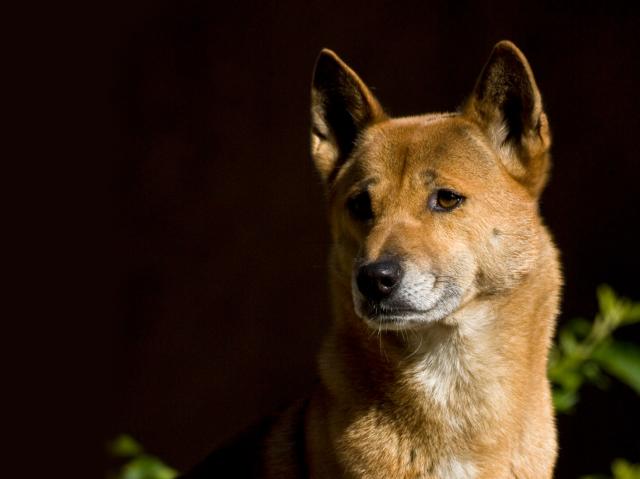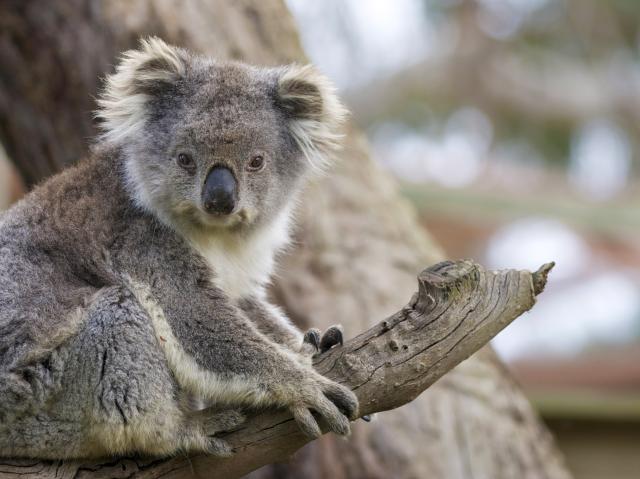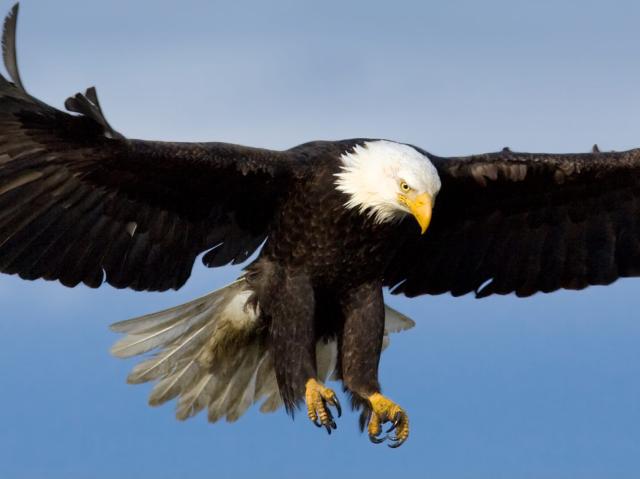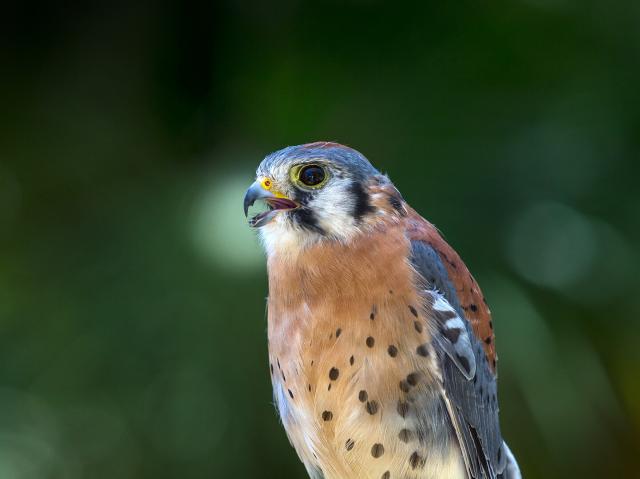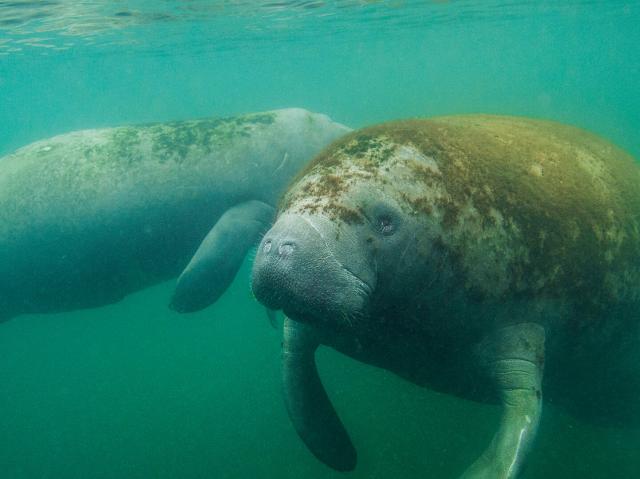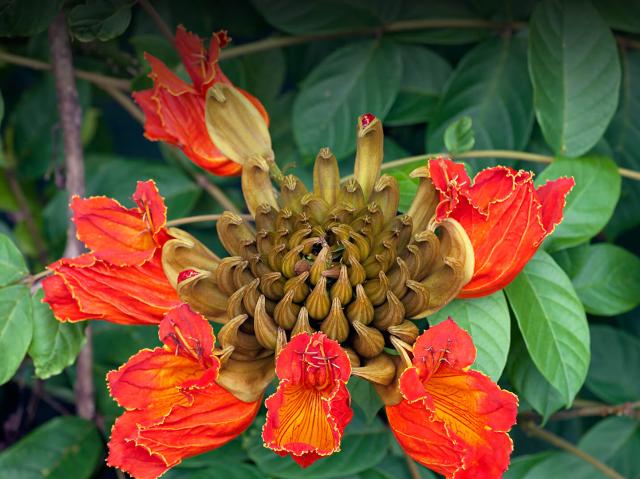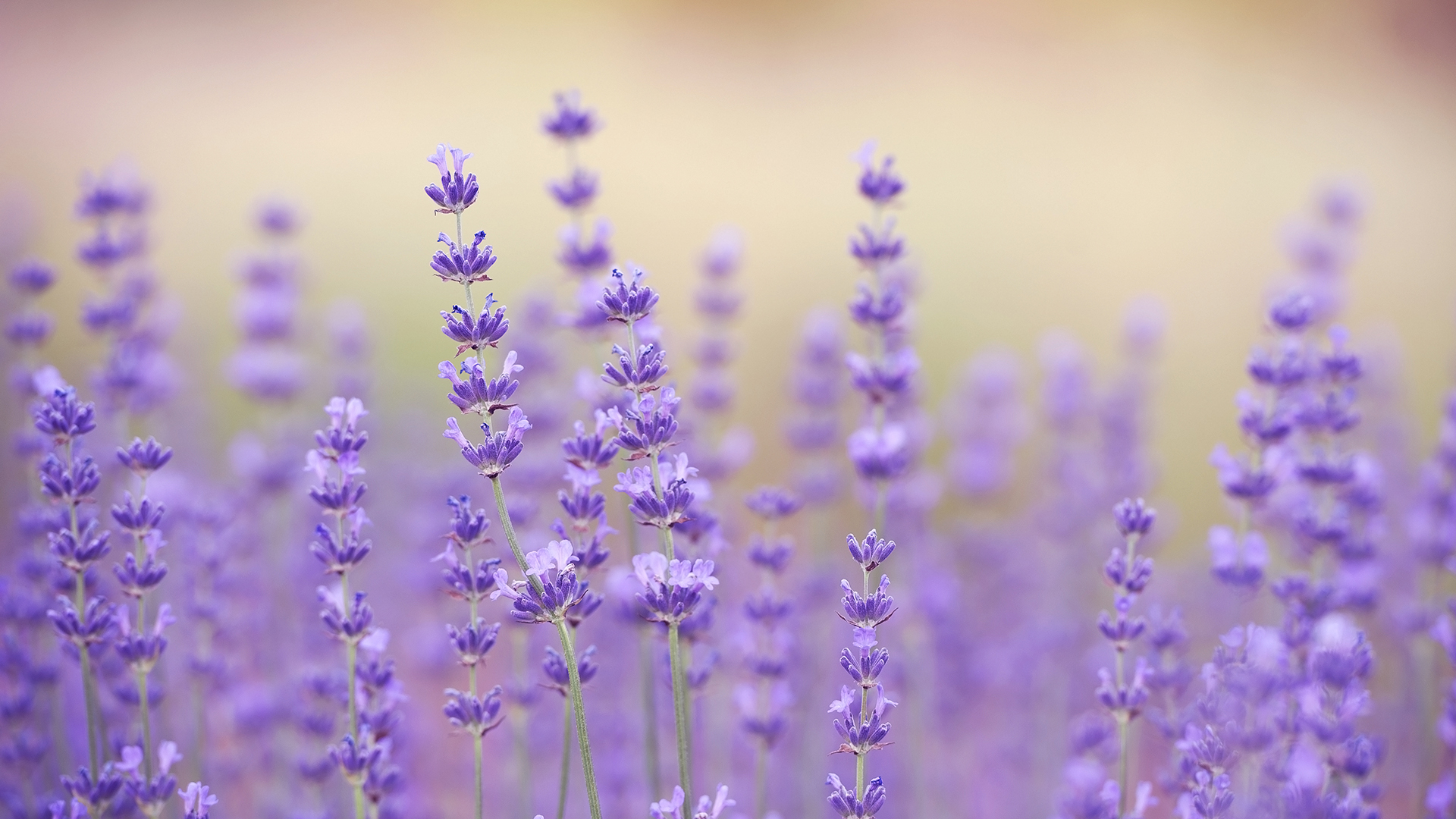
Lavender

- Division: Tracheophyta
- Class: Magnoliopsida
- Order: Lamiales
- Family: Lamiaceae
- Genus: Lavandula
- Species: 39 known species, including angustifolia, stoechas, lantana, and dentata

Overview
Lavender has been a popular bath ingredient since Roman times, when they used it for its scent and as a disinfectant and took it everywhere they went, spreading the plant throughout Europe. In fact, its genus name Lavandula is thought to be derived from the Latin lavare, meaning to wash. There are many different types of lavender, valued for the sweet fragrance of the essential oils in the flowers, which are used in the perfume trade and to make soaps and potpourris. Lavender has antibacterial properties that were used to treat wounds during World Wars I and II, and lavender flower tea is said to be an effective remedy against headaches and trouble sleeping.
Characteristics
Lavender is considered an herbaceous perennial plant, although it doesn't entirely follow the herbaceous rules, since it grows like an evergreen shrub and can develop somewhat woody stems that persist for several years. It is unmistakably considered an herb in its use for essential oils and culinary pursuits, however.
Leaves: Lavender leaf shape is diverse across the genus. The gray-green leaves are simple, narrow, and elongated in most cultivated species, although some have broader, toothed or serrated leaves. They are covered in tiny, star-shaped hairs called trichomes, which are also found on the plant stems and flowers. Embedded among the hairs are glands that produce the fragrant oil that lavender is famous for, which contains a high percentage of the chemical linalool.
Flowers: The lavender flowers have the highest concentration of these oil glands, which is why they are the main source for harvesting. The blue, violet, or lilac colored blossoms grow along blunt spikes that rise above the leaves, in a whorl formation of 6 to 10 flowers in each cluster around the stalk. The individual flowers are small, and the calyx and corolla are both tube-shaped. The flowers produce abundant nectar and are a favorite of bees, which are one of lavender’s main pollinators. Lavenders produce small, nutlike fruits containing the seeds—although plants in cultivation do not usually produce seeds, and propagation is accomplished with cuttings or dividing and planting roots.
Types of Lavender
A lovely addition to any landscape, lavender flourishes best in full sun and dry, well-drained, sandy or gravelly soils. It’s resistant to drought, deer, and hungry rabbits and works well in many gardens, from Mediterranean to English cottage. Here are some of the most common types of lavender—look for them in various landscaping spots around the Zoo and Safari Park.
English lavender Lavandula angustifolia
This is the most well-known and widely grown type of lavender in North America, because it doesn’t mind humidity and winter moisture as much as other lavenders. It’s the type most commonly used in cooking and baking, and has the sweet, soft fragrance most people associate with lavender. English lavender isn't from England, though—it got that name because it grows best in England’s climate. The plant is actually from the Mediterranean.
Spanish lavender Lavandula stoechas
These lavender plants look different from their cousins: the flower heads look a bit like tiny pineapples and are topped with bracts that look like large petals. Spanish lavender loves hot weather and is a better choice for those who garden in warm, humid climates. Its fragrance is different from English lavender as well, with a piney scent from menthol in its oil. That makes it a great landscape plant but not the first choice for use in cooking. It is, however, probably what the ancient Greeks and Romans used to scent their bath water.
French lavender Lavandula dentata
The name French lavender is sometimes applied to Lavandula stoechas, which most sources call Spanish lavender. French lavender is not usually used as a culinary herb and it doesn't have that English lavender fragrance, but it blooms from spring to frost and has a pleasant, clean smell. It gets its species name from its scalloped leaf shape—dentata means “toothed.”
Sweet lavender Lavandula heterophylla
This fast growing, tall lavender plant has leaves that are more green than most species and has flower stalks that can reach two feet in length. From France and Italy, it is not suitable for cooking because of its high menthol content, but it is a great landscape plant and looks good planted in groups. It can survive colder temperatures than some lavender species.
Fernleaf lavender Lavandula multifida
The lobed, silvery-green leaves of this tender shrub give it a delicate, lacy appearance. This species features narrow spikes of fragrant, blue-purple flowers in summer.
Woolly lavender Lavandula lanata
This species has smoky, dark purple blossoms and blooms later in the season than other lavender plants. Its leaves are silver and it makes a nice contrast to dark green plants in the garden.
Lucky Lavender
It is a European folk custom to give lavender to newly married couples for luck.
Floral Flavor
English lavender flowers are edible, with a delicate floral taste, and can be used in salads, dressings, baked goods, candy, and desserts. Lavender honey is marketed worldwide as a premium product.
Highly Prized
During Roman times, flowers were sold for 100 denarii per pound, which was about the same as a month's wages for a farm laborer or 50 haircuts from the local barber.
Bee Friendly
Lavender flowers attract bees, making it a useful addition to wildlife-friendly gardens.



